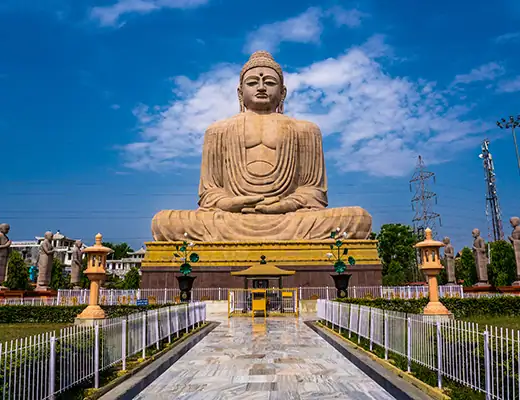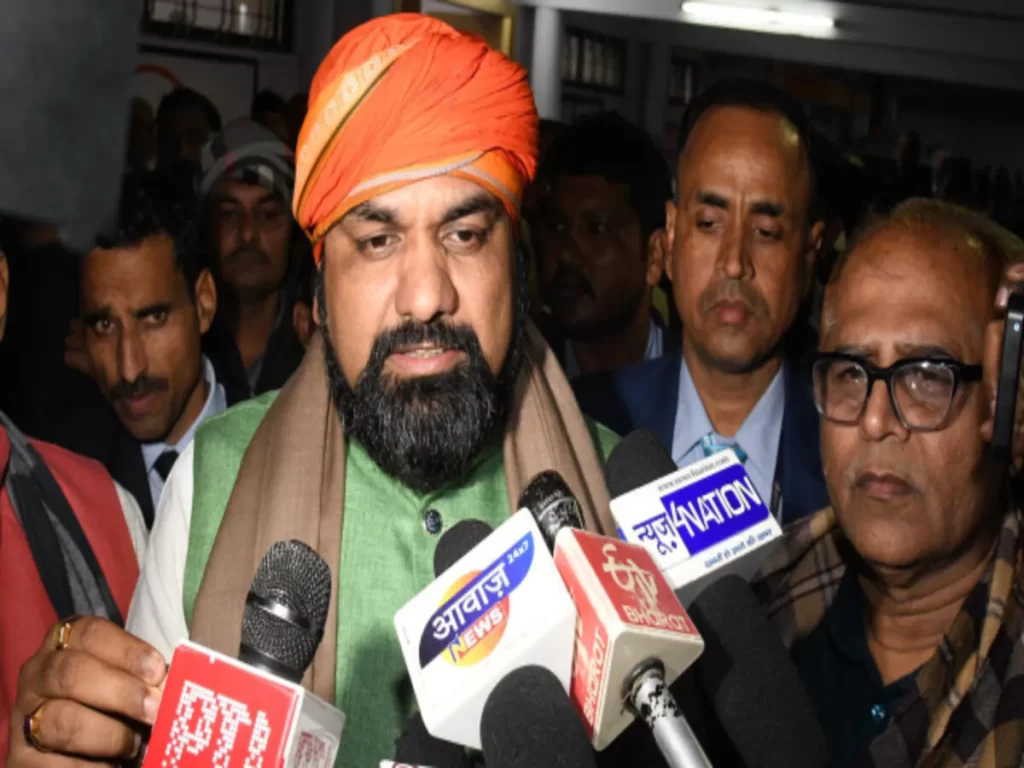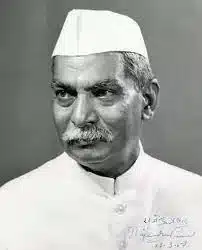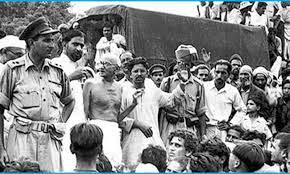Bihar Economic Survey: 2024-25
This report was presented in both houses of the legislature by the state’s Deputy Chief Minister cum Finance Minister Samrat Choudhary. This was the 19th report of Bihar Economic Survey, which the Nitish Kumar government started in 2006-07.
Bihar economy’s overview is tabulated below:
| Factors | Data from Bihar Economic Survey 2024-25 based on 2023-24 |
| GSDP grew by | 14.5% (at current prices) 9.2% (at constant prices) |
| GSDP at current prices | Rs. 8,54,429 crore |
| GSDP at constant prices | Rs. 4,64,540 crore |
| NSDP at current prices | Rs. 7,71,435 crore |
| NSDP at constant pries | Rs. 4,11,359 crore |
| GFCF at current prices (Gross fixed capital formation) | Rs. 38,986 crore |
| Nominal per capita income | Rs. 66,828 |
| Real per capita income | Rs. 36,333 |
| Share of primary sector in GSDP | 19.9 percent |
| Share of secondary sector in GSDP | 21.5 percent |
| Share of tertiary sector in GSDP | 58.6 percent |
| The growth rate of the primary sector at Constant Prices | 5.7% |
| The growth rate of the secondary sector at Constant Prices | 8.2% |
| The growth rate of the tertiary sector at Constant Prices | 10.8% |
| Total expenditure in 2023-24 | RS. 2,52,082 crore |
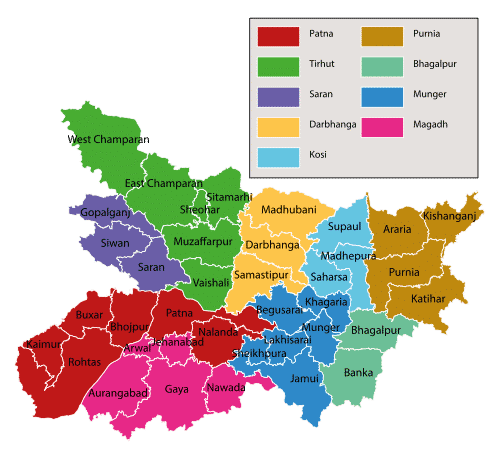
Also refer:
- Budget | Important Concepts
- बिहार बजट
- बिहार के राष्ट्रीय उद्यान और वन्यजीव अभयारण्य
- बिहार स्पेशल सामान्य ज्ञान
- Download BPSC 66th prelims question paper : हिंदी में, English.

